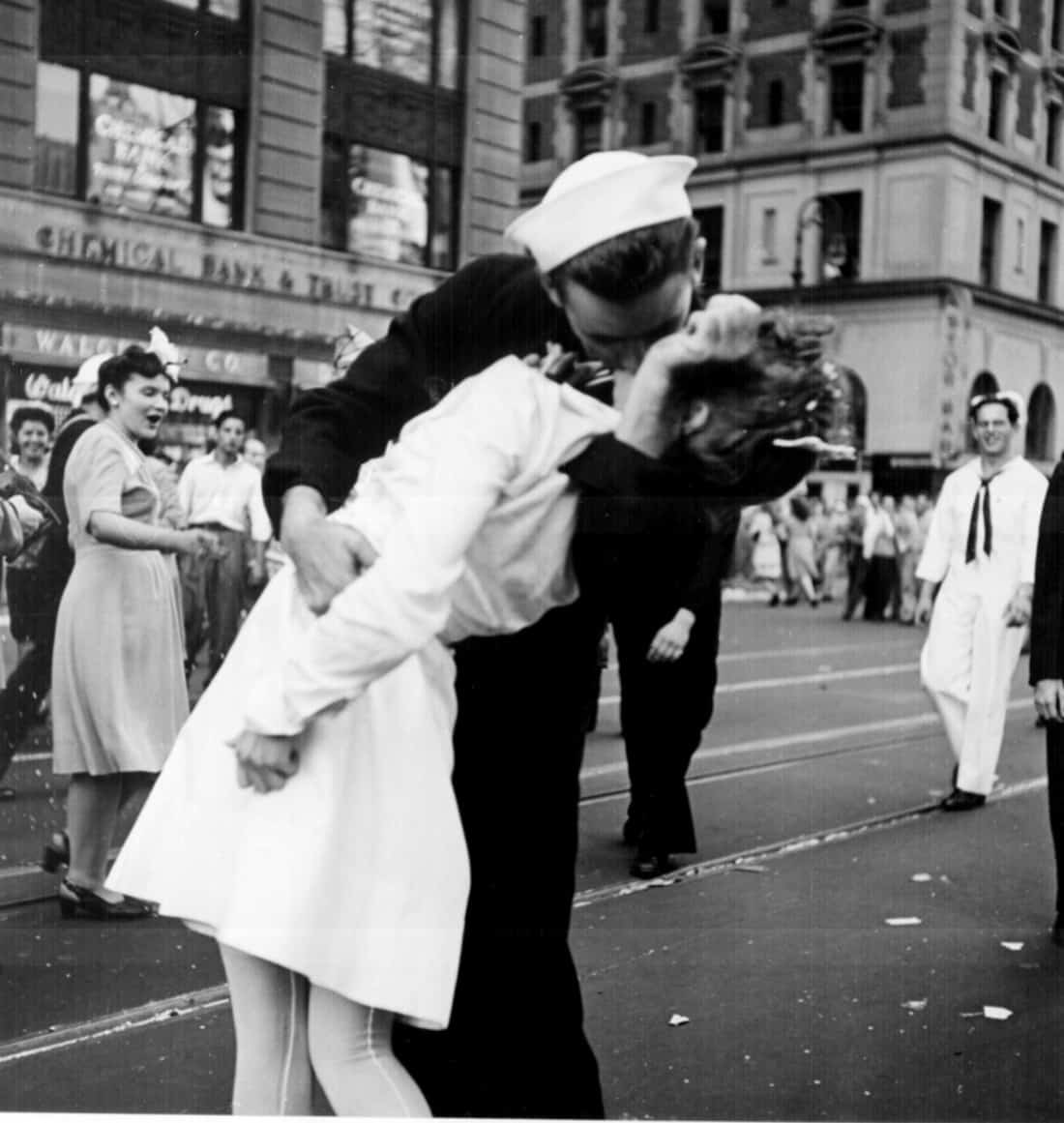Top Guidelines Of Framing Streets
Rumored Buzz on Framing Streets
Table of Contents7 Easy Facts About Framing Streets ShownFraming Streets Fundamentals Explained10 Simple Techniques For Framing StreetsTop Guidelines Of Framing Streets9 Easy Facts About Framing Streets ExplainedSee This Report on Framing Streets
Digital photography category "Crufts Dog Program 1968" by Tony Ray-Jones Road digital photography (likewise occasionally called honest digital photography) is digital photography conducted for art or questions that features unmediated possibility encounters and random occurrences within public locations, generally with the goal of catching images at a decisive or poignant minute by mindful framework and timing. 
Fascination About Framing Streets
Susan Sontag, 1977 Street digital photography can concentrate on people and their habits in public. In this respect, the road photographer is similar to social docudrama professional photographers or photographers that also work in public areas, however with the goal of recording relevant occasions. Any of these photographers' images may capture people and building noticeable within or from public areas, which commonly requires navigating ethical problems and legislations of privacy, safety and security, and building.
Representations of daily public life form a category in almost every period of globe art, starting in the pre-historic, Sumerian, Egyptian and very early Buddhist art periods. Art handling the life of the street, whether within sights of cityscapes, or as the leading motif, shows up in the West in the canon of the North Renaissance, Baroque, Rococo, of Romanticism, Realistic look, Impressionism and Post-Impressionism.
The smart Trick of Framing Streets That Nobody is Discussing
Louis Daguerre: "Blvd du Temple" (1838 or 1839) In 1838 or 1839 the very first photo of numbers in the road was recorded by Louis-Jacques-Mand Daguerre in one of a set of daguerreotype sights extracted from his studio window of the Blvd du Holy place in Paris. The 2nd, made at the height of the day, reveals an uninhabited stretch of road, while the other was taken at concerning 8:00 am, and as Beaumont Newhall records, "The Blvd, so continuously loaded with a relocating bunch of pedestrians and carriages was flawlessly solitary, other than an individual who was having his boots combed.
, who was influenced to undertake a comparable documents of New York City. As the city developed, Atget assisted to advertise Parisian streets as a deserving subject for digital photography.

Framing Streets Things To Know Before You Buy
Martin is the first taped photographer to do so in London with a masked cam. Mass-Observation was a social study organisation established in 1937 which intended to tape-record day-to-day life in Britain and to tape-record the reactions of the 'man-in-the-street' to King Edward VIII's abdication in 1936 to wed divorce Wallis Simpson, and the sequence of George VI. The principal Mass-Observationists were anthropologist Tom Harrisson in Bolton and poet Charles Madge in London, and their initial report was created as guide "May the Twelfth: Mass-Observation Day-Surveys 1937 by over 2 hundred viewers" [] Window cleaner at Kottbusser Tor, Berlin, by Elsa Thiemann c. 1946 The post-war French Humanist Institution photographers discovered their topics on the road or in the restaurant. Andre Kertesz.'s extensively appreciated Images la Sauvette (1952) (the English-language version was entitled The Decisive Minute) promoted the concept of taking an image at what he called the "definitive minute"; "when kind and material, why not check here vision and structure combined right into a transcendent whole" - 50mm street photography.
How Framing Streets can Save You Time, Stress, and Money.
The recording machine was 'a hidden electronic camera', a 35 mm Contax hidden underneath his coat, that was 'strapped to the upper body and connected to a lengthy wire strung down the right sleeve'. His job had little contemporary effect as due to Evans' sensitivities concerning the originality of his job and the personal privacy of his subjects, it was not released up until 1966, in the publication Many Are Called, with an introduction composed by James Agee in 1940.
Helen Levitt, after that a teacher of little ones, connected with Evans in 193839. She recorded the temporal chalk illustrations - 50mm street photography that belonged to kids's street culture in New york city at the time, in addition to the children who made them. In July 1939, Mo, MA's brand-new digital photography section consisted of Levitt's operate in its inaugural exhibitionRobert Frank's 1958 book,, was considerable; raw and typically indistinct, Frank's photos examined conventional digital photography of the moment, "tested all the formal policies set by Henri Cartier-Bresson and Pedestrian Evans" and "contradicted the wholesome pictorialism and heartfelt photojournalism of American publications like LIFE and Time".